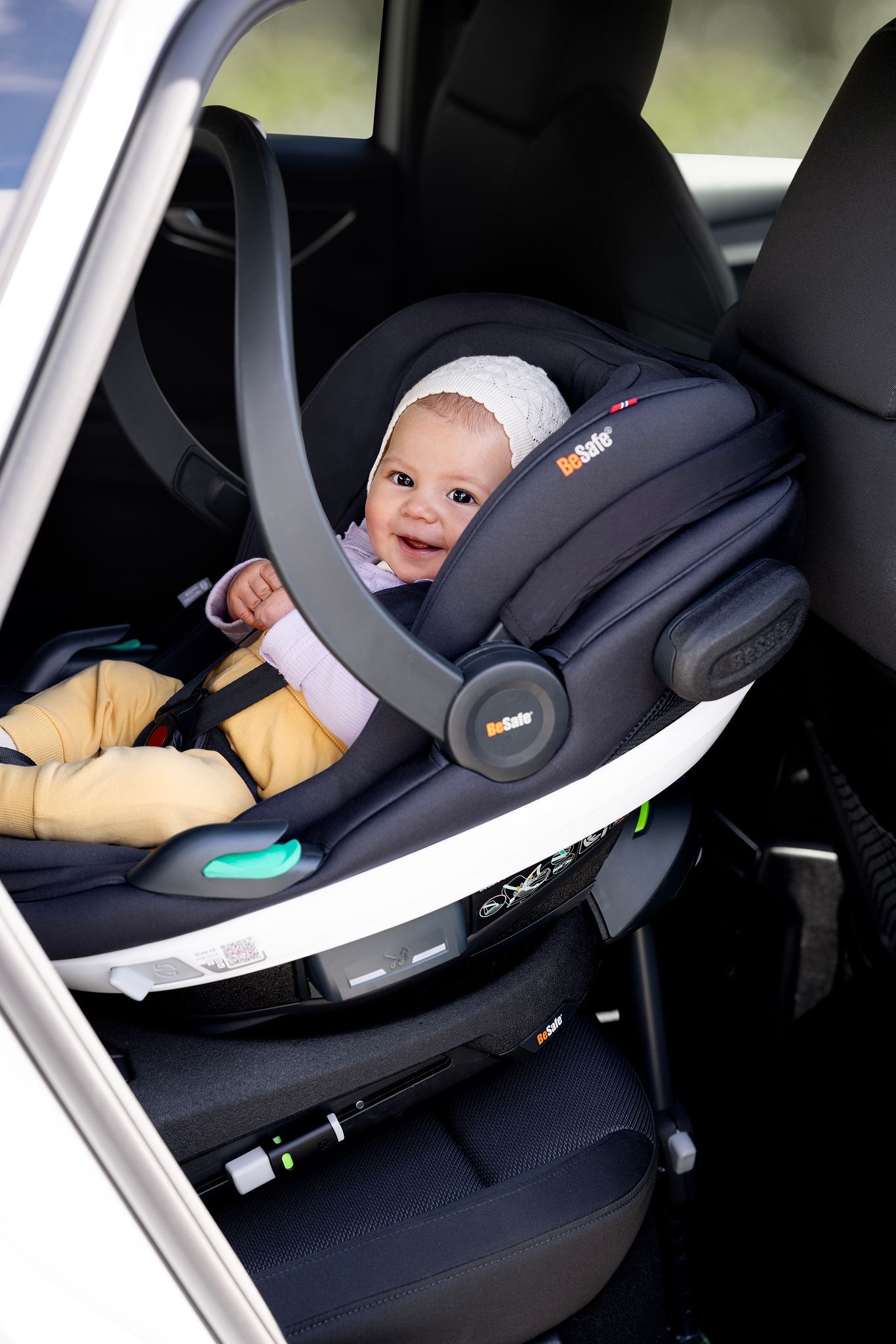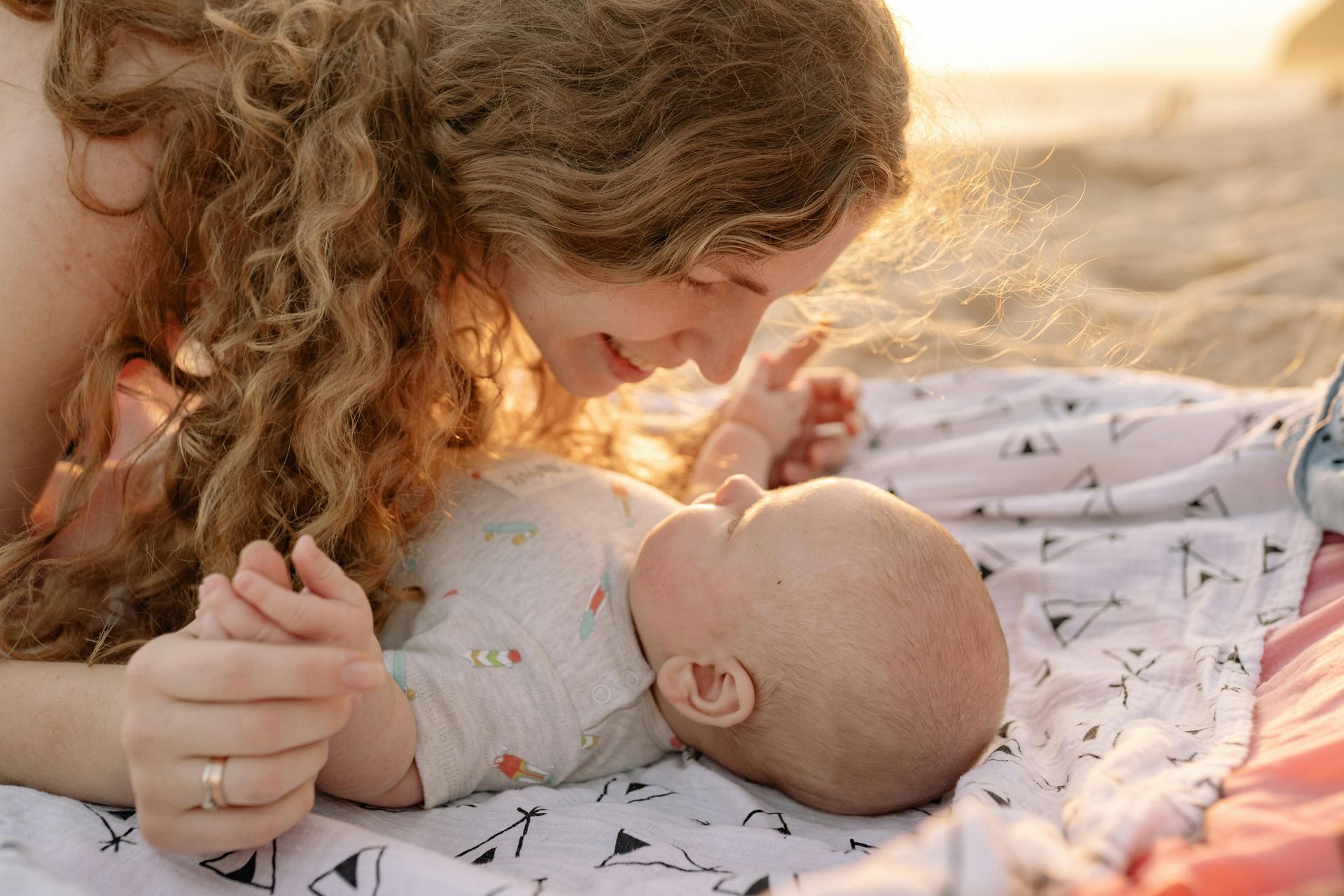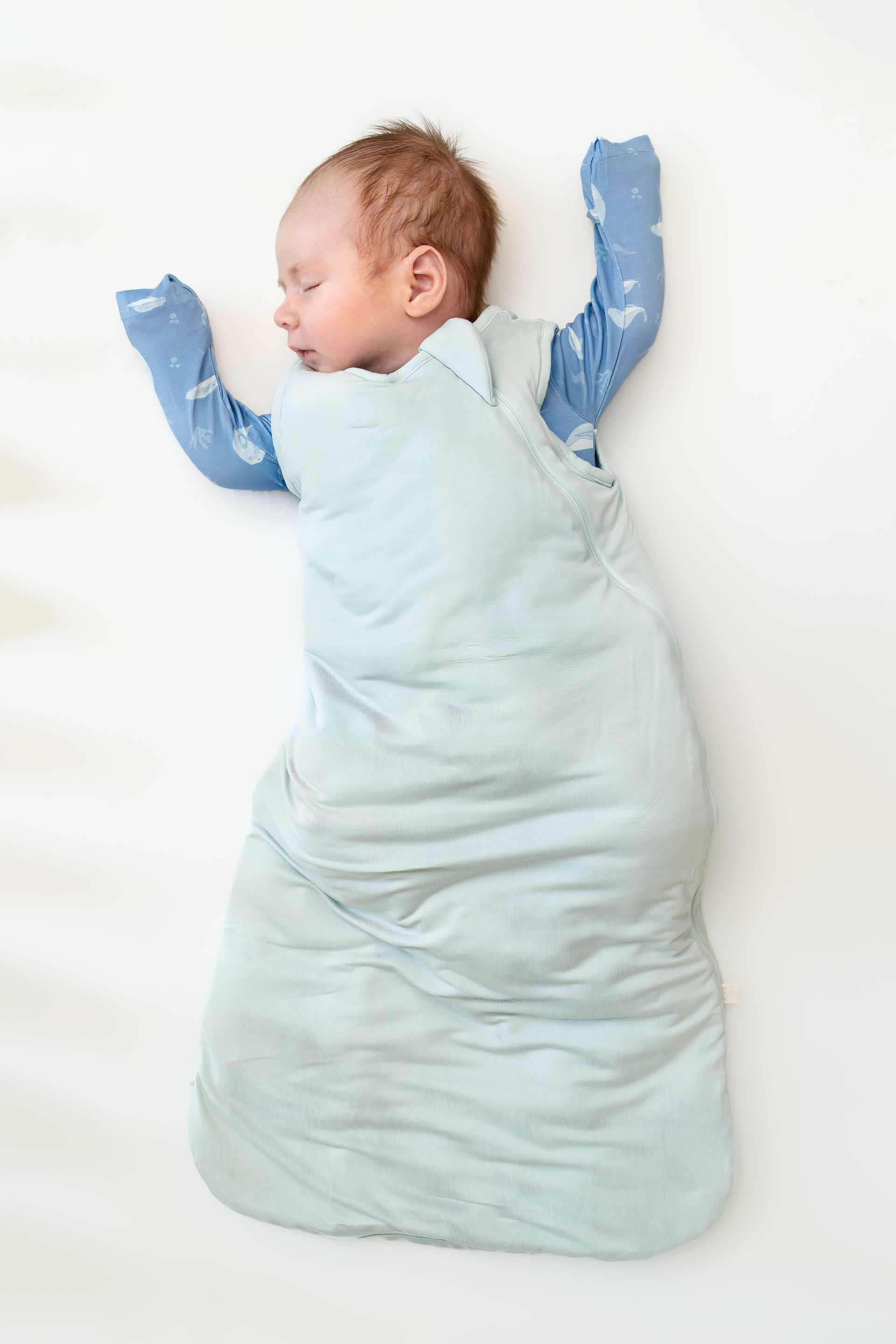Let’s Go Back to School
A quick summary of what you need to know!
Written by Lamis Benjelloun
The last week of summer vacation is a great time to fit in those doctors’ appointments you’ve been postponing all summer and get all the back to school shopping – backpacks, lunchboxes, supplies, uniforms… It is also a good time to return to that routine your family may have strayed away from during the break. If your family is anything like mine, your bedtime may have slid later and later as the summer progressed and now you ask yourself, how did we get here? And how do I get my kiddos ready to wake up early for school?
I’ve got you mama… here are a few things you can do this week.
The return of the nap
If naps have been more of a rare occurrence rather than a routine for your pre-schooler this summer, that’s ok! It happens to the best of us. But that doesn’t mean we can’t double up the effort to bring it back to its usual time right before we go back to school. I’ll never say this enough, a well rested child is just more likely to adapt and adjust so make sure they get some extra snooze time to make up for any sleep debt they may have acquired over the break.
Adjusting to a different nap schedule
Nap time at nursery or daycare may not look exactly like nap time at home. The staff may be capping the naps and waking all the kids at the same time, making the nap shorter at daycare than it is at home. Naps at nursery may be starting earlier or later than they are at home. Or worse, your child’s class may not be offering them naps at all. And while I would encourage you to get in touch with your child’s school to discuss your nap preferences, in many cases, preschools are reluctant to have customized nap times as that requires different staff allocations and extra supervision times.
So here is what you can do: you can make up for missing sleep during your child’s day at bedtime. You can also continue to offer them the schedule you know meets their needs on weekends. This will help them catch up on sleep
Moving back bedtime
We’ve all been there, we begin the vacation with every intention to keep bedtime the same but by the end of the holidays, bedtime is way later than usual. Decide on the ideal bedtime for your child depending on their age and what time they have to wake up in the morning. And take a few days before back to school to slowly move back bedtime. This can be done through adjustments of 15-30 minutes every few days until you get to your preferred time!
Screen time
Screen time is another thing that naturally slips out of control during the holiday. Now is the time to set some limits and end all screen time one to two hours before bedtime. Not only have the lights emitted from said screens been known to suppress the production of the sleep hormones, they also tend to be quite stimulating, making bedtime harder
Emotional adjustment
Going back to school can be emotionally and physically exhausting for our kiddos. They get so much more done during the day at school which means an unusual rise in activity level. And if your baby will be going to school or daycare for the first time this year, it can also emotionally taxing as they spend a significant amount of time away from parents and adjust to the different environment. Don’t shoot the messenger but here it goes: early bedtime is best to help them navigate this emotionally and physically charged time.
It becomes clear, as you read this, that I am a firm believer that back to school = early bedtime. This not only helps them prepare for an early wake up, it also helps them adjust to all things that school brings their way (different nap schedules, rise in activity levels and emotional adjustments). What’s your take on back to school? Is making bedtime earlier a priority for your family?





